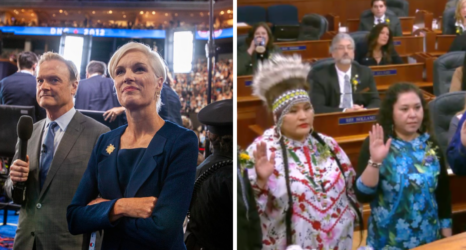I’ve researched and written about Wonder Woman for years leading up to the release of this summer’s Patty Jenkins blockbuster Wonder Woman: Rise of the Warrior, and I’m old enough to remember watching the warrior-princess beat up the bad guys in the 1976 TV series starring Lynda Carter.
Even then the controversy and curiosity over Wonder Woman’s female violence fueled much of the series’ viewership. I remember one scene, in particular, showing a full ninety seconds of violence between Carter and the two-timing Nazi sympathizer Marsha, a double agent secretary who boasts that she once was a Nuremberg judo champ. In the ensuing same-sex battle royale Wonder Woman takes some hits—both a chair and a canvas are broken over her head—but mostly she dishes—choking, kicking, and punching her female opponent through not just one, but three plate glass doors before uncorking a climactic punch so strong it knocks her female adversary into a chair, through yet another glass door and 40 feet down the deserted hall of a government building.
Violence like this raised both choruses of condemnation and concern and huzzahs and tears of gratitude from viewers—like my mother and aunts, who’d waited a generation for some semblance of gender equity on television. And even today, decades later, we’re still having the debate about whether or not Gal Godot’s Wonder Woman should be considered a role model.
The role model controversy has dogged her since the very beginning, when psychologist William Marston (pen name Charles Moulton) first dreamed up the badass female superhero he originally dubbed Suprema. “I fully believe that I am hitting a great movement now underway—the growth in the power of women,” Marston reminded his publisher, Sheldon Mayer, “and I want you to let that theme alone, or drop the project.” Marston was a great admirer of the heroism of the women’s suffrage cause—an occasionally violent, even militant movement I’ve spent the last several years studying.
But the question we must ask isn’t about whether Wonder Woman’s sexy dress (Golden Girdle, Golden Lasso, etc.) and the “satin tights” (rhymes with fighting for rights) of the famous TV theme song or even her increasingly violent on-screen heroics merit her a role model. Instead, we should ask ourselves: Why we don’t ask the same questions of other (read: male) superheroes?
Seventy-six years after Wonder Woman first appeared in Marston’s All-Star Comics of 1941, we as a society ought to have moved beyond the shopworn “Is Wonder Woman a role model question,” unless of course we’re willing to devote equal amounts of rhetoric to the rest of the mostly-male pantheon of Marvel and DC Comics.
Doubtless, some parents since 1938 have lost sleep over whether or not they should allow their children to read the latest Superman comic, but the question of whether Superman’s retaliation against criminals, thugs, bigots and fascists is an appropriate role model for boys seems mostly moot for Gen X kids like me—and, in turn, our children. Our parents didn’t have to condone over-the-top screen violence to see in Superman patriotism, love of country, civic virtue and entertainment value.
Wonder Woman director Patty Jenkins has repeatedly said that she doesn’t want her cinematic reputation saddled with lengthy caveats—a great female director of a female superhero movie, and so on. Instead, she wants to be known as a great director of a great superhero movie—period.
Likewise, it’s time to give Wonder Woman the long-awaited gender parity she richly deserves—and, along with it, kick the role model question, with its special treatment and asterisks, to the curb.





